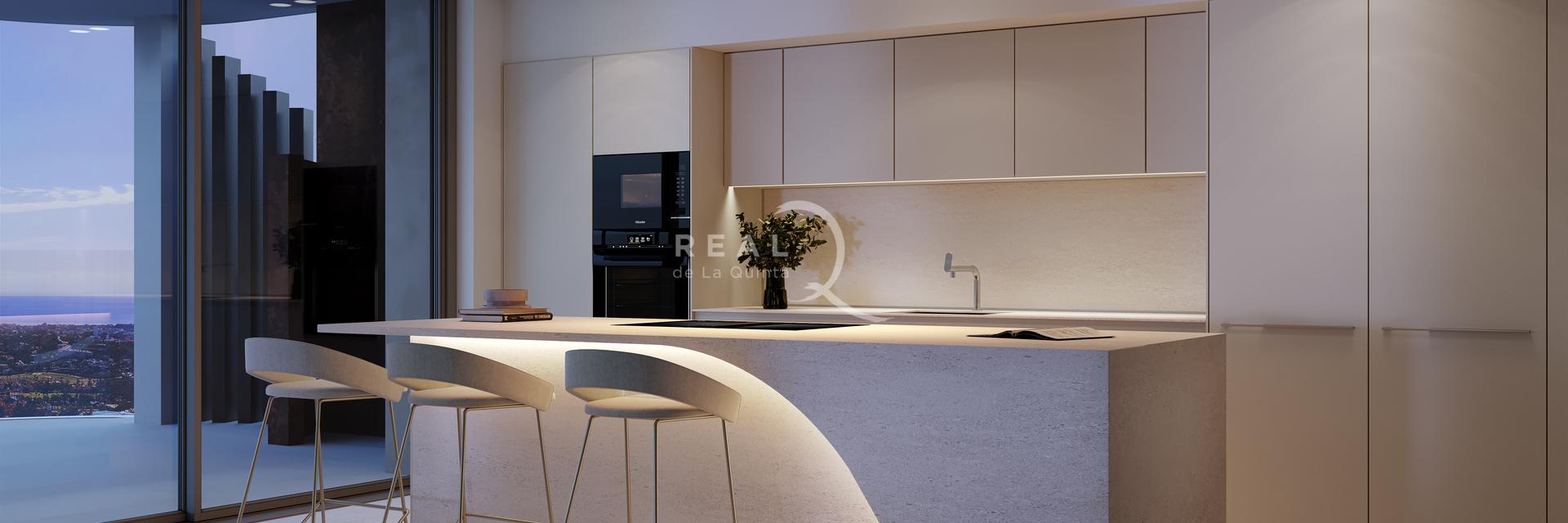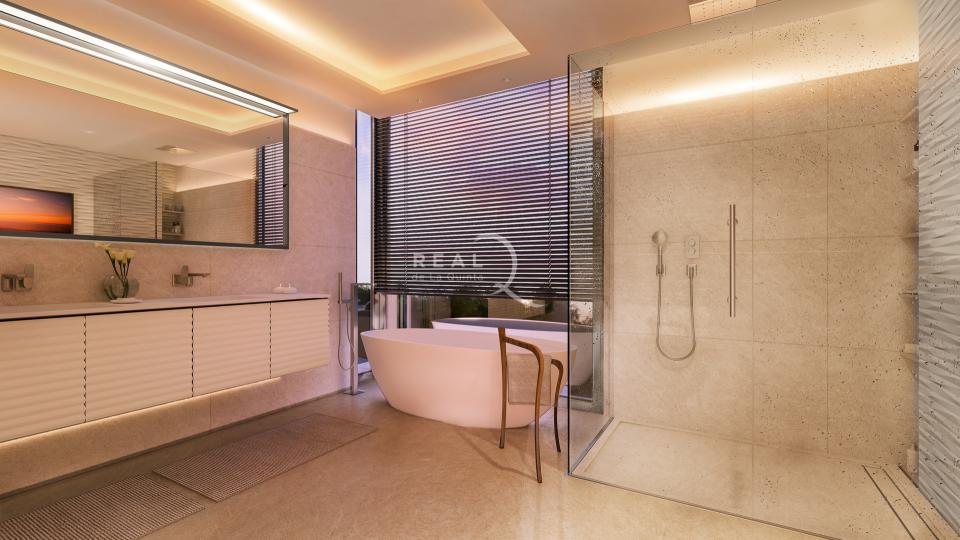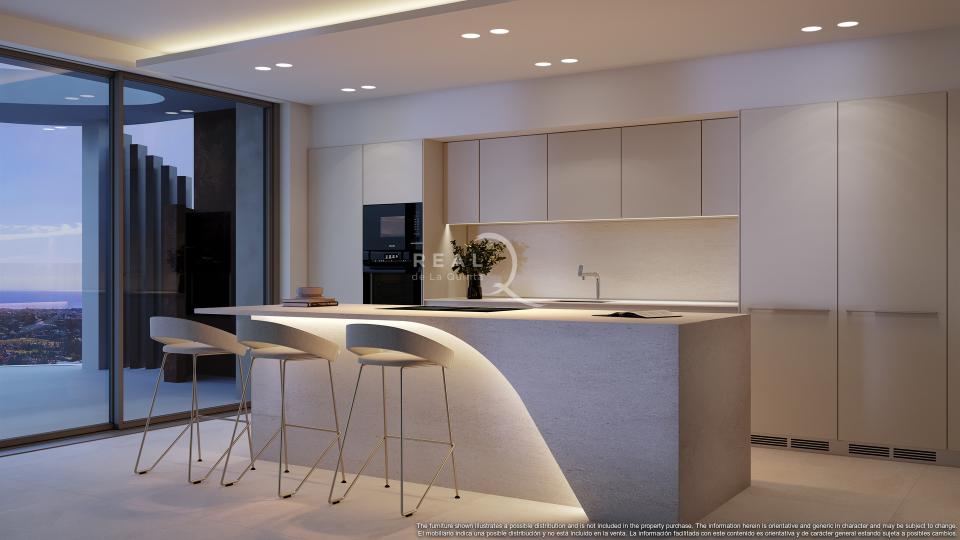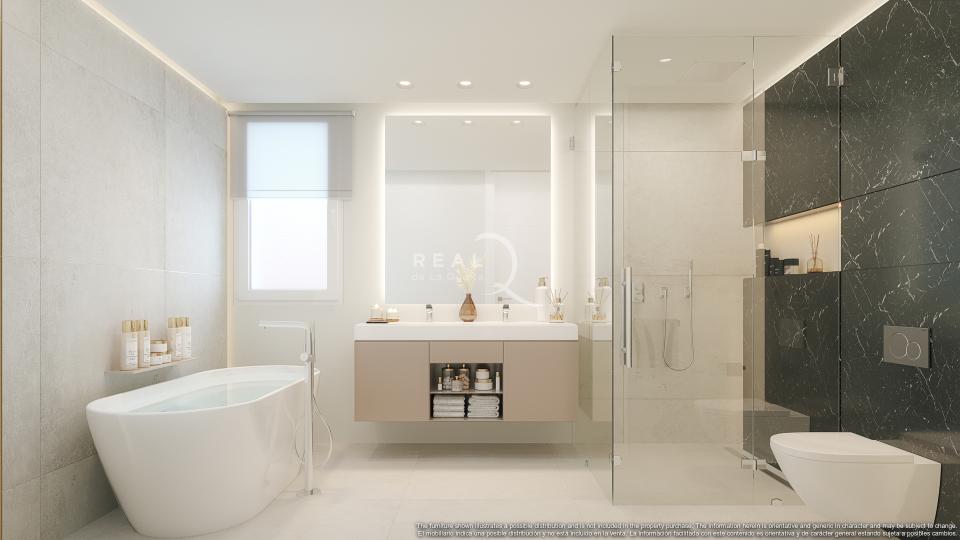
The importance of light points in architectural design
The manipulation of light makes it possible to create genuine effects in a home's interior design and architecture. Defining the lighting points in a building also means analyzing its architecture to fully take advantage of the aesthetic and functional potential of good lighting.
How to integrate light into design and planning?
Light plays a vital role in architectural design. From a structural point of view, establishing where and how natural light will enter the rooms defines the very structure of the building.
But this lighting planning must also consider interior design. From an aesthetic perspective, light is another tool for creating personalized spaces. It is necessary to study its relationship with other elements, such as shapes, colours, or textures.
One of the particularities of natural light is that it is a changing element. This will also influence the coherence of the architectural design and the search for the most functional and efficient lighting solutions.
Finally, the role that artificial light will play must be integrated into this study. Working with other artificial lighting sources, such as fluorescent, halogen, or LED, will help modify the sensations conveyed by the spaces, highlight shapes and volumes, and turn light into another decorative element.
Creating a new concept of space with lighting design
The balance between natural and artificial lighting is unique for any architectural project. However, the triple role that a good lighting design plays in the architectural aspect is extensible to any proposal.
Light planning for a building is done from a triple perspective:
- Functionality: the most basic function of light is to end the darkness. In a broader sense, it is a question of illuminating and highlighting some aspects of the architecture or the decoration itself.
- Aesthetics: good planning of light will allow the creation of sensations. Lighting is crucial in interior design tasks because it helps to manipulate spaces to generate striking decorative effects.
- Efficiency: architectural design is increasingly aware of the need to provide efficient solutions. The correct lighting of a building translates into a better use of resources and more sustainable results.






